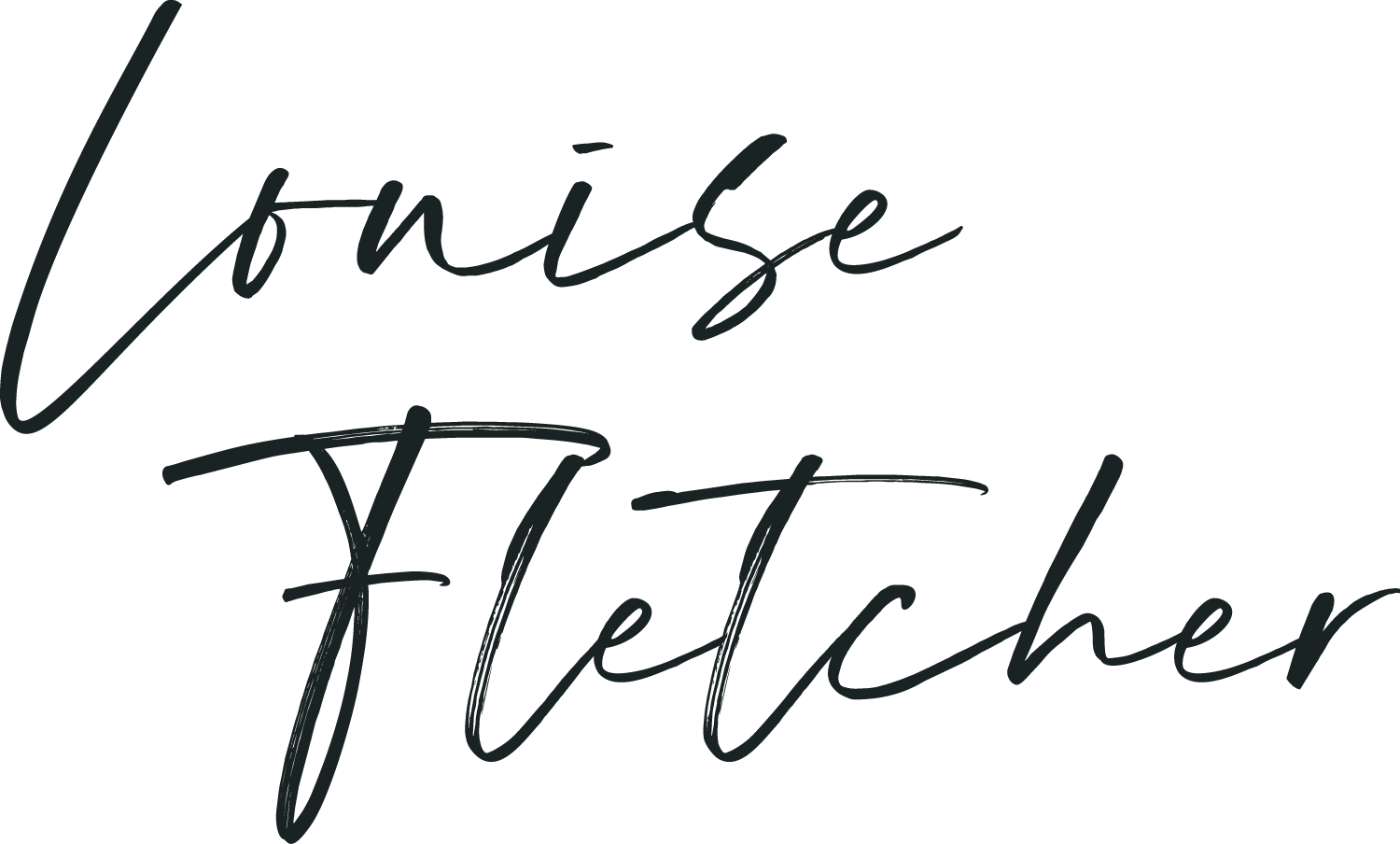How to develop your ideas into amazing paintings
I'm often asked how to develop an idea into a painting (or a series of paintings). Someone will say "I want to paint about my grief, but I don't know how" or "I want to express my love of trees, but I don't know how."
The mistake here is in believing that we're supposed to know how to do it - that there is some key that, if we could just find it, would give us all the answers.
But that's not how this works in my experience.
Instead, we start with the idea, and then we find as many different ways to explore it as possible.
I have mentioned Rick Rubin before. In his book "The Creative Act" he describes these explorations as 'seeds' and explains that we don't know which seeds will bloom quickly, and which will take a while - and even which ones might never flower. And so he says, we must tend to all our seeds at first, until we know.
I love this analogy, and I take it further - I use my initial idea to create my seeds.
Let's say I want to make a series of paintings about stormy weather.
I might start by writing about stormy weather - how does it feel, how does it look, why do I care about it?
Then I will start creating my seeds.
One might be colour - I'll start exploring what colours might express the way a storm looks and feels.
I might explore marks - what marks convey the feeling of a storm?
What compositions might convey the feeling?
Will my paint be fluid or thick (or both?)
Will I paint large or small?
How could I use my materials in a different way?
Could I change the way I work? (For example, might I go out and work in the rain? or might I leave my canvases out during a storm?)
I'll nurture each of these ideas, and I'll try to avoid pushing too soon towards a finish line. This means that for quite a while I'm not making paintings - instead I'm working on studies.
This keeps the pressure off me and means I don't start trying too hard (which is always the kiss of death).
Working this way means that the work feeds itself. In the course of exploring my seeds, some of them start sprouting - they begin to spark new ideas. And all I have to do is to follow those ideas wherever they lead, always being mindful of the need to stay focused on the ideas rather than on a finished product.
This desire to 'make a painting' is what prevents many artists from ever getting there in a way that satisfies them.
Because they are so keen to produce paintings, they never give themselves chance to learn what's possible. I think we all fall into this trap at times, but the real skill is in spotting when it's happened and pulling yourself back into a mindset of curiosity and exploration.
My friend Sally-Anne Ashley is someone who embodies this way of working, and I've learned a lot from her. She's about to run her annual course Creative Shift and I highly recommend it. In the course, Sally-Anne takes you through a clear roadmap showing how to explore your ideas and open up endless possibilities.
I'm not recommending this course because I earn money for it (I don't!) but because it's really good. It's also very inexpensive for the value added.
If you'd like to know more, here's the link - just message Sally-Anne from that page with any questions.
But to go back to my original point, If you ever find yourself stuck on how to develop an idea, the question to ask is "how can I explore this in a different way?"
That question might lead you to change media or colours or substrates or size or maybe all of them at once! And once you open up the process, you open up the possibilities. That's where the magic can happen.
Now that you are not trying, you start to make paintings without even thinking about it. One after another they just come. The trying was what was getting in the way all along.
Knowing this has led me to another question, which is: where could this apply to my life as well as my art?

